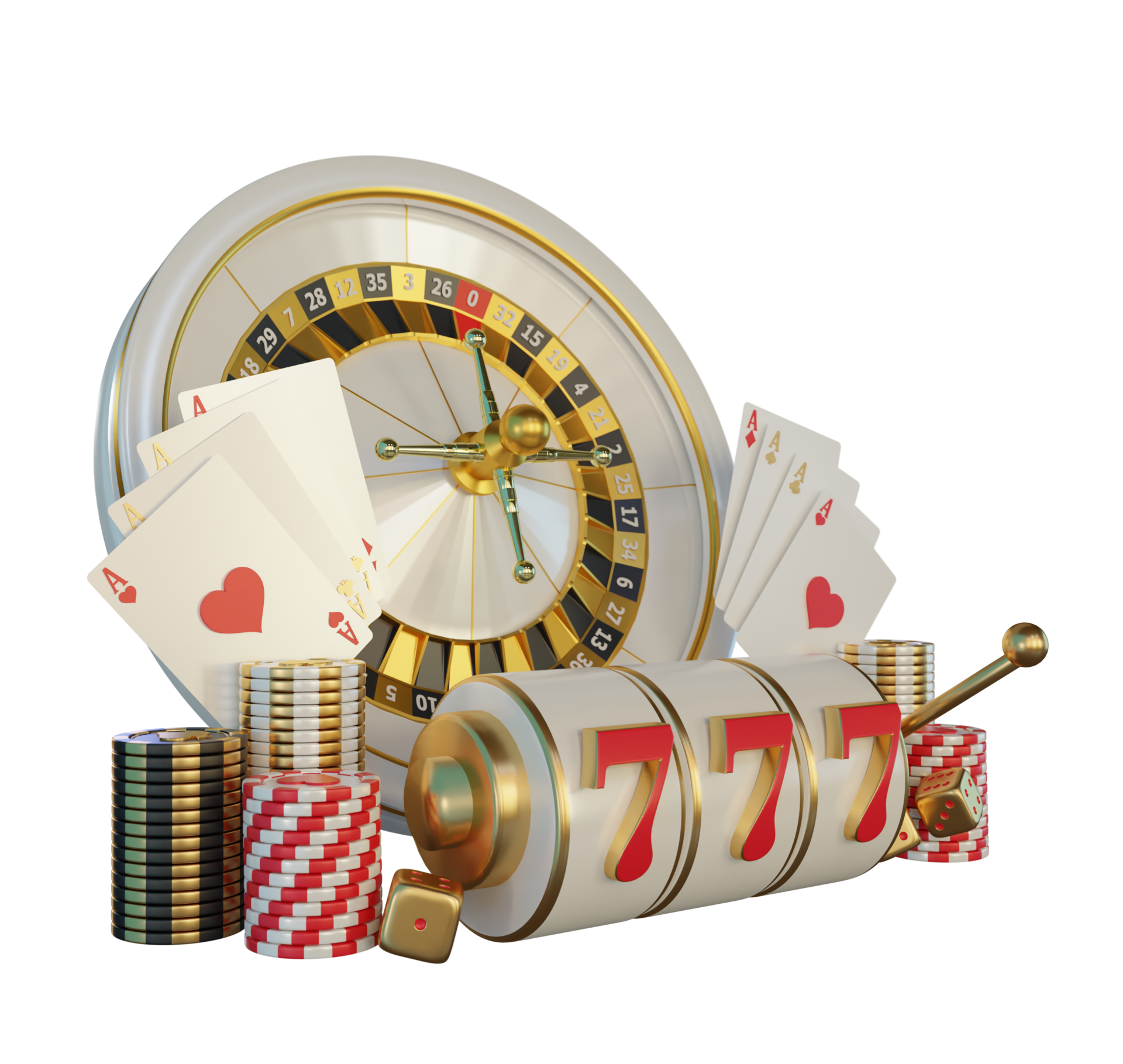Regarding slot games, players often become captivated by the bright lights, engaging themes, and the excitement of turning the reels. But behind the glamour and excitement lies an important concept that every player should understand: Return to Player percentage, or RTP. This vital metric is essential in influencing the return of your wagered money over time, influencing your gaming experience and strategy as you play.
RTP is usually expressed as a percentage and represents the mean amount of funds returned to players compared to the total amount wagered. For instance, if a slot game has an RTP of ninety-five percent, it means that, on average terms, players should anticipate receiving $95 for every $100 they stake. Understanding this concept can enable players to make better choices when choosing which slots to play, ultimately boosting their enjoyment at the casino.
What the definition of RTP?
Return to Player, often called RTP, refers to a crucial factor in the field of slot machine games. It indicates the percentage of total wagered amounts that a particular slot machine is set to pay back to players in the long run. F8BET80.ONE For example, if a specific slot has an RTP of 95 percent, this means that, hypothetically, players should anticipate to receive back $95 for every $100 placed over time. Knowing RTP assists players evaluate the possible returns of different slots.
RTP isn’t a guarantee of specific victories but instead it is a average calculated across many spins. Players’ experience might be different significantly because of the randomness inherent in the games. A better RTP implies superior odds for the player, thus making it an essential consideration to think about when selecting which slots to play. Nonetheless, even with a high RTP, there can be stretches in which players experience losses, as chance plays a significant role.
It is important to note that various slots have varying RTP percentages. Some slots may have a reduced RTP as a result of a high level of entertainment or unique features, while others maintain a elevated percentage to entice more cautious players. Recognizing RTP enables players to make educated decisions about their play strategies and manage their money efficiently while experiencing the thrill of casino slots games.
How RTP is Being Determined
The Return to Player, also known as RTP, represents a critical measurement in the realm pertaining to gambling slot machine games. It denotes the ratio from total wagered funds which a slot machine is expected to pay back to players in the long run. Comprehending how RTP can be derived demands understanding into both the slot’s architecture and its reward structure. This RTP is calculated through complex algorithms and data evaluation executed in the course of the slot machine creation process. Game creators consider various elements, which include the likelihood of successful combinations and the magnitude for returns on every outcome.

In order to compute this metric, the creators model a significant quantity in terms of spins of the slot machine. These simulations aid determine how much typically, a gambler is likely to earn according to their bets. For example, if a machine boasts an RTP of 95 percent, it suggests that, theoretically, for every $100 bet, players can expect to get ninety-five dollars in return in the long term. That figure does not indicate how much a player will win during a one session or over a couple of plays; instead, it reflects overall return projections.
RTP values tend to be usually disclosed from the gaming house or slot developer. Gamblers must consistently seek out this data when choosing a slot game, as it has the potential to influence their gaming experience. A greater return value typically means a better chance of winning back a portion of wagered money, although individual plays can vary considerably. Understanding RTP can help gamblers make informed decisions and enhance their overall enjoyment in the world of casino slots.
Value of Return to Player in Casino Games
Comprehending the RTP or RTP is important for any gamer involved in slot machines. Return to Player represents the proportion of total bets that a game is set to pay back to players over time. A higher Return to Player indicates that gamers can anticipate receiving a larger portion of their wagers back, making it an important factor for those seeking to maximize their gaming experience. F8BET Understanding this number helps players make informed decisions about which games to play, as it can profoundly affect their potential winnings.
Furthermore, RTP plays a central role in the overall equity and clarity of casino slots. Gamers are often attracted to games with higher RTP percentages because they provide a superior chance of winning over the long term. Gaming establishments and game developers use RTP as a selling point to lure players, guaranteeing they maintain a lead in the growing gambling industry. By being aware of RTP, gamers can choose games that match with their comfort level and objectives.
In conclusion, the idea of RTP encourages safe gambling behavior. Recognizing that not all games will provide immediate returns and that Return to Player is based on extended play, players can manage their expectations and playing habits effectively. This knowledge enhances the enjoyment of slot games while promoting a more sustainable gaming environment. Gamers who comprehend the importance of Return to Player are more prone to have a better time and lessen the chances of gambling issues.

